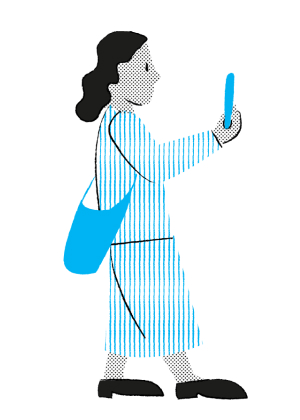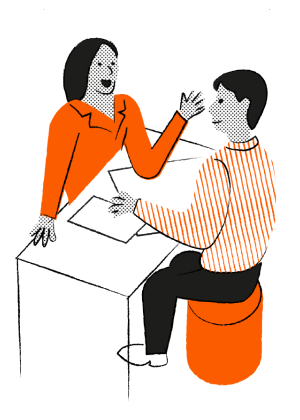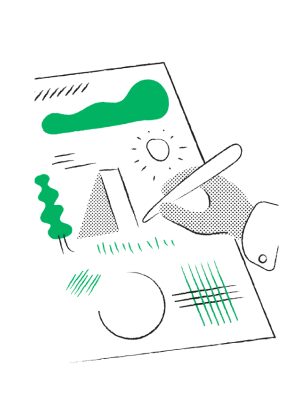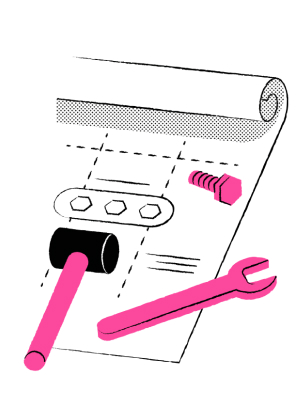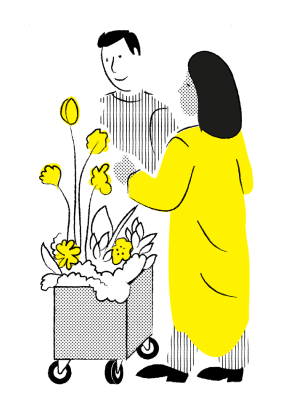Introduction to a
Collective Design Pedagogy
This toolkit is aimed at supporting designer-facilitators to lead a collective design project,
with schoolchildren between ages 10 - 14. Designer-facilitators have a background in design -
they can be designers, architects or architecture students....
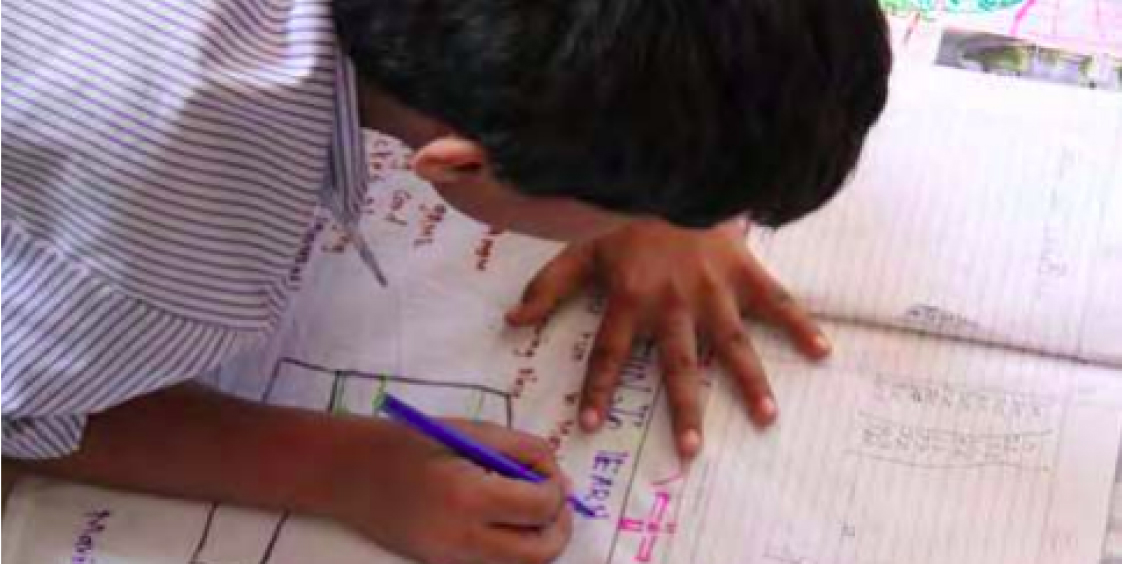
About the research
A Collective Design pedagogy is an idea for
a socially engaged learning practice that
involves schoolchildren in the production
of their city. How can children be involved
in (re)designing their environment and work
with the wider community, to democratise
the city and develop practices of responsible
citizenship?...


